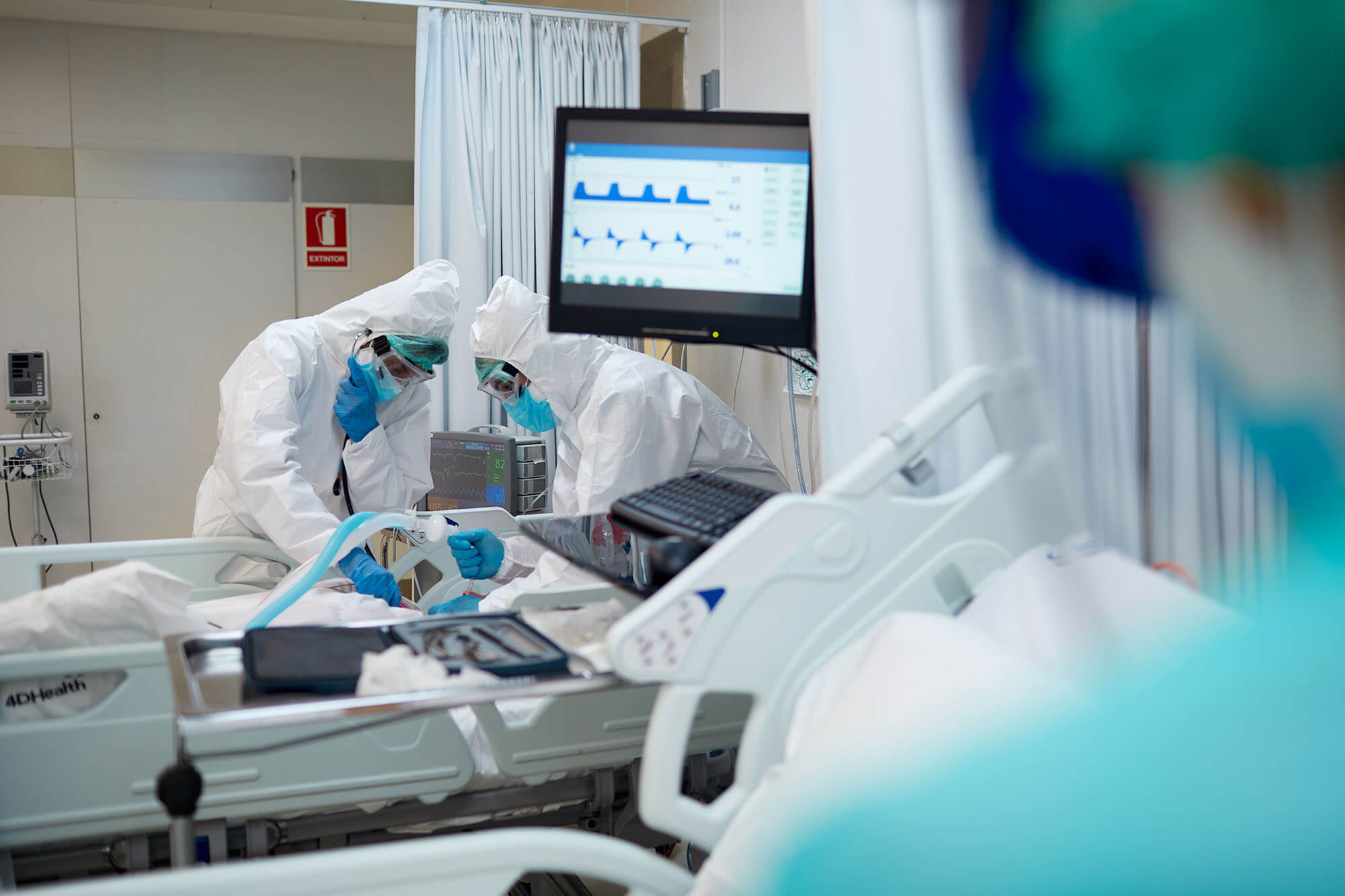When the COVID-19 pandemic essentially shut down the world in early 2020, the risks of an unknown virus outweighed the risks associated with a temporary shutdown. But as the months wore on, it became evident that the virus wasn’t the only health risk people were facing. Other diseases were neglected due to healthcare delays related to COVID-19; one of them being cancer. Oncology experts grew concerned that the decrease in cancer screenings and symptom reporting could potentially lead to an increase in cancers at later stages when diagnosed in the years to come.
A recent study evaluated the available data on the impact of the COVID-19 pandemic on the number of new cancer diagnoses during its first year, as well as a shift in the stage at cancer diagnosis. Using data published by the US National Cancer Database, the researchers compared the rates and stage at diagnosis of cancer in 2020 with data from 2018 and 2019. Key findings were related to the number of cancer diagnoses, a change in stage at diagnosis, and changes in socioeconomic distribution.
Cancer screenings such as colonoscopy and mammography declined dramatically in the early months of the pandemic. In addition, many routine follow-ups with healthcare providers were delayed or canceled, and many people did not seek medical evaluation of symptoms they were experiencing due to fears of contracting the virus. Access to care also became an issue for many adults, as lack of access increased in areas already underserved.
Number of Cancer Diagnoses
Compared with prior years, the number of cancer diagnoses decreased during the first year of the pandemic. More than 800,000 cancers each year were diagnosed in 2018 and 2019, whereas a little more than 724,000 cancers were diagnosed in 2020, an approximately 15% reduction. The decline was most notable in April and May of 2020, when the number of diagnoses decreased from an average of 70,000 new cancers diagnosed per month to approximately 36,000 per month. This change was attributed to limited access to healthcare facilities, delayed screenings, and avoiding health visits due to fear of contracting the virus.
Stage at Diagnosis
Disease stage at diagnosis shifted during the first year of the pandemic. The proportion of cancers at later stages when diagnosed increased. Approximately 40% of all cancers were stage I disease at diagnosis in 2018 and 2019; in 2020, this decreased to 31.4%. Likewise, the prevalence of stage IV disease at diagnosis increased from approximately 20% in 2018 and 2019 to 26.5% in 2020. This was found to be true for most cancer types; however, the increase in prevalence of later stage at diagnosis was more significant among cancers of the breast, prostate, colon, and lung and melanoma. Notably, screening tests are available for many of these cancers.
Socioeconomic Distribution
The shifts in cancer diagnoses between 2019 and 2020 were not distributed evenly amongst all races and socioeconomic groups. The data showed that those who were more significantly affected by underdiagnosis included those who were uninsured and those who were Hispanic, Asian-American, or Pacific Islander. These groups were found to be 8% less likely to have early-stage disease at diagnosis, and more likely to have stage IV disease at presentation. Adults younger than 65 on Medicare and adults who lived in poorer areas were also disproportionately negatively affected.
Implications for Clinical Practice
As the years go on, the impact of the COVID-19 pandemic will become more evident. The results reviewed here demonstrate the importance of continuing to educate patients and emphasize the benefits of cancer screening programs. They also provide evidence that the shutdown and temporary halt on screening had negative effects on the diagnosis of cancer, at least as documented during the first year.
Those who live in underserved communities and those at higher risk for having distrust of the healthcare system need to have resources put toward improving their access. These adults need to undergo routine cancer screenings that are available in a way that makes sense for people at high risk for food and housing insecurities.
Hopefully, a situation that would cause such significant shutdowns would never happen again. If it does though, access to healthcare will be important. Telehealth is one example of healthcare that allows patients access but decreases the risks inherent with an in-person visit to a healthcare facility. A tailored approach to screening recommendations with individualized care will be important for patient education. Continuing to provide quality care for patients with cancer, or those at high risk for cancer, will need to be a priority.
Reference
Han X, Yang NN, Nogueira L, et al. Changes in cancer diagnoses and stage distribution during the first year of the COVID-19 pandemic in the USA: a cross-sectional nationwide assessment. Lancet Oncol. 2023;24(8):855-867. doi:10.1016/S1470-2045(23)00293-0
